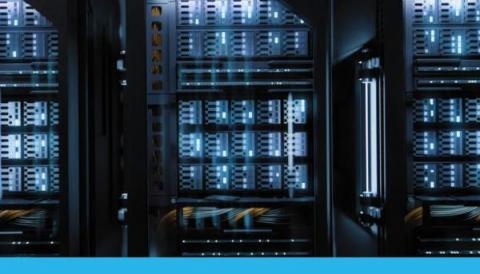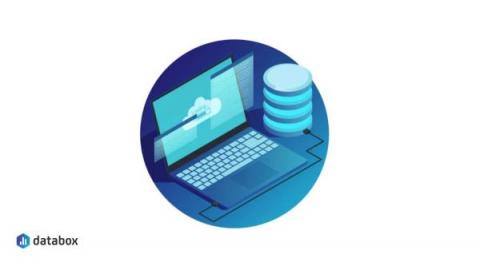Support Multiple Data Modeling Approaches with Snowflake
Since I joined Snowflake, I have been asked multiple times what data warehouse modeling approach Snowflake best supports. Well, the cool thing is that Snowflake supports multiple data modeling approaches equally. Turns out we have a few customers who have existing data warehouses built using a particular approach known as the Data Vault modeling approach, and they have decided to move into Snowflake. So the conversation often goes like this.








